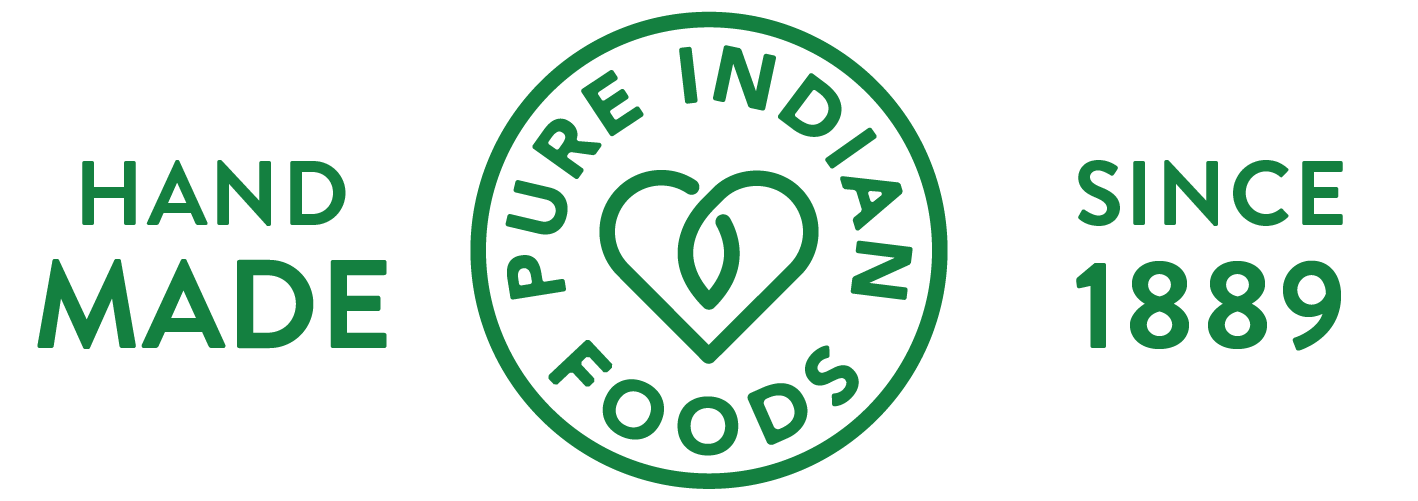By Alana Sugar
I was 15 when my parents confirmed we were moving to Honolulu. It was 1973. After my initial shock I grabbed the family encyclopedia to understand what life might be like living in Paradise. At the time, I had no idea how much this would shape my life.
Hawaii is a beautiful melting pot of blended heritage with a large population of Japanese, Filipino, and Chinese people. My family quickly adopted Asian lifestyle traits, mostly Japanese, including what and how we ate. Once, while visiting Pearl Harbor, we met an elderly Japanese man who had flown one of the bombers in the attack on US Naval ships on December 7, 1941. He told us that after the bomb was dropped on Hiroshima, the Japanese ate plenty of miso soup with seaweed as they believed that it would help to combat and protect from radiation poisoning. That fascinated me and was part of my decision to study nutrition and ancient systems of health and healing.
I learned so much from watching my Asian friends’ grandparents, how they lived, cooked and ate. Soy foods were prominent but prepared freshly and consumed in mostly whole or fermented form. No one ate soy energy bars, soy cheese or soy lattes. Instead, it was hot miso soup, freshly prepared tofu and steamed edamame (young, green soybeans). Here’s an interesting fact: Miso is made from whole soybeans, fermented for up to 3 years. During fermentation a rich, delicious dark liquid forms on top. This is REAL soy sauce, aka Tamari.
Natto is a super nutritious Japanese favorite. It’s rich in Vitamin K-2, enzymes and probiotics. Made from soybeans fermented with B-Subtilis, Natto, a fungus that produces a strong flavor and smell, as well as a slimy texture, is an acquired taste that, unfortunately, I never seemed to acquire. Thank goodness for the Pure Indian Foods freeze-dried natto! It’s a good tasting, probiotic-rich treat that makes a delicious breakfast, lunch or light dinner spooned over rice with vegetables and a boiled or fried egg. I like to eat it with rice, quinoa, and noodles, or stirred into soups and stews.
By watching and asking questions of my friend’s grandparents, I learned so much. There seems to be an innate understanding of the energetic nature of different foods and how they affect us individually and uniquely. This is also true in Ayurveda, India’s ancient medical system in which we learn that food is so much more than protein, carbohydrates, fats, and vitamins. The way the food is grown, its growing season, its tastes, and its after effects in the body tell us how that food will interact with us personally. I think this is something we can all benefit from understanding.


Leave a Reply